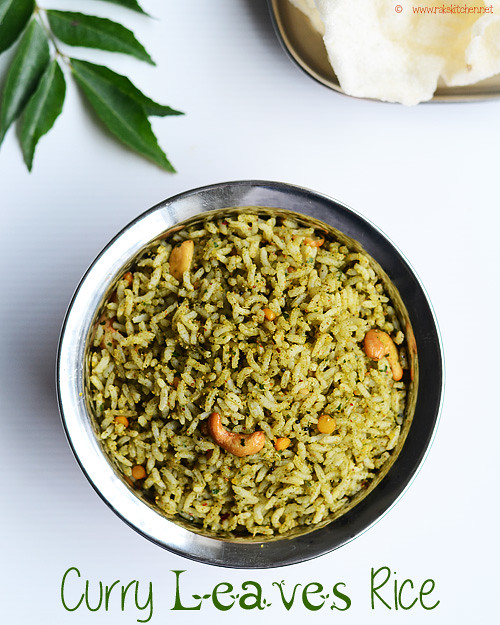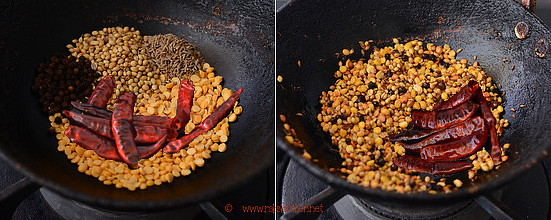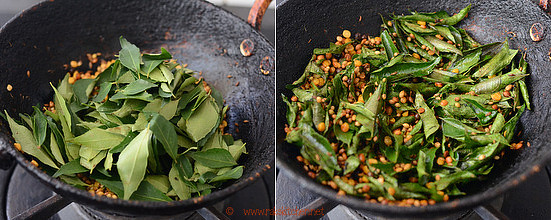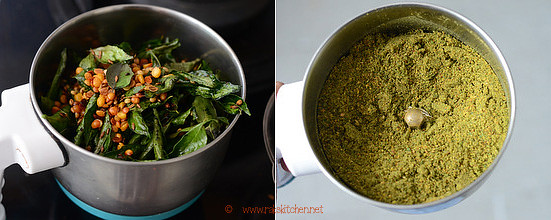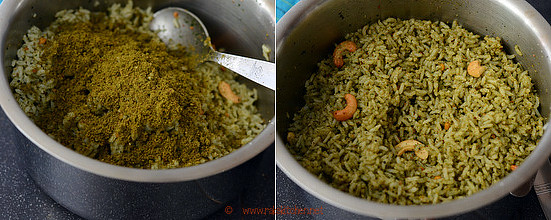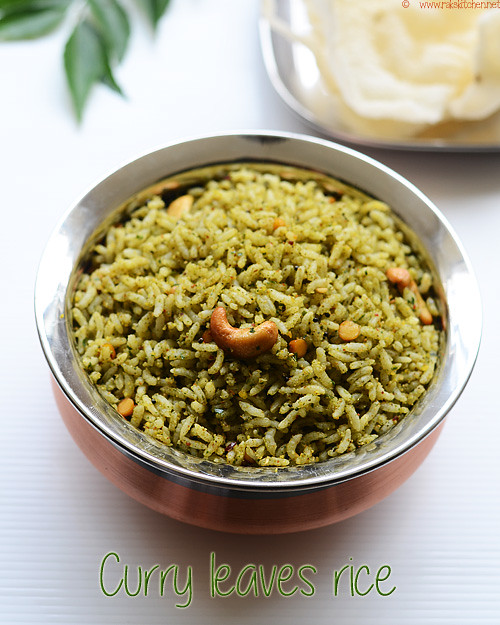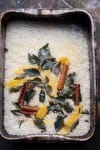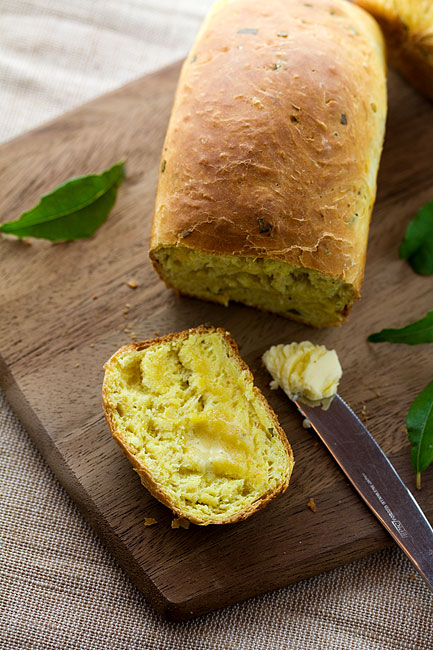Cây cà ri - Kaloupilé - Curry tree
Kaloupilé - Curry tree
Cây Càri
Murraya koenigii (L.) Sprengel
Rutaceae

Đại cương :
Danh từ curry được biết từ nguồn gốc do danh từ Tamil « kariveppilai », kari có nghĩa là nước chấm, nước dùng và ilai là lá .
Cây cà ri, tên gọi tiếng tamoul ( curry ), là một cây vùng nhiệt đới và cận nhiệt đới trong họ Rutaceae, có nguồn gốc ở Ấn Độ.
Lá cà ri được sử dụng hầu hết các món ăn ở Tamil Nadu và Kerata. Do thường dùng trong những món ăn cà ri, nên lá có tên là « lá cà ri ». Ngoài ra ở hindi và Goudjrati, lá còn có tên gọi « karipatta », chữ patta có nghĩa là lá.
Người ta không nên lầm lẫn giữa lá cà ri và bột cà ri.
► Bột cà ri là một tổng hợp nhiều thành phần tạo nên bột
Thành phần và tĩ lệ các thành phần thay đổi tùy thuộc vào nguồn gốc sản xuất chế tạo.
Tuy nhiên, người ta có thể kể những thành phần chánh thường chứa như sau :
- gingembre
- tỏi ail
- hành tây oignon
- ngò coriandre
- cardamome verte và / hay noire
- cumin (Cuminum cyminum), thì là (Anethum graveolens), 2 hạt tương tự cùng họ và hương vị.
- nghệ curcuma
- ớt piment
- tiêu poivre
- fenouil
- fenugrec
- cubèbe
- đinh hương clou de girofle, thường nướng để tăng cường mùi thơm,
- muối sel
- hột cải moutarde
- v…v…
Danh sách thành phần có thể rất dài và rất thay đổi.
►Còn lá cà ri, là một sản phẫm thiên nhiên, tạo cho món ăn một hương vị đặc biệt.
Theo truyền thống, người ta thường phi ( chiên ) lá cà ri trong dầu trước khi thêm những thành phần khác, lá làm tăng sự khuếch tán hương vị trong tất cả món ăn. Các lá được lưu giữ trong chảo trong khi nấu.
Lá cà ri có thể lưu trử đông lạnh hoặc xấy khô, nhưng tựu trung thì hương vị không sao bằng lá tươi với hương vị độc đáo sống động không sánh bằng.
Thực vật và môi trường :
Nguồn gốc : Murraya koenigii hay cây cà ri, có nguồn gốc ở Ấn Độ, mọc hoang dả. Cây phát triển mạnh trong các khu rừng nhiệt đới phía nam của bán đảo đã từ thiên niên kỷ, lá thường xanh, cho ra một hương vị thiết yếu trong món ăn ở Dravidian và Tích Lan. Lá cà ri, tái mọc lại rất nhanh, sự vững mạnh của cây, cũng như một loạt tính chất được liệu liên kết với hương vị sâu sắc và màu, cho ta một giải thích tại sao lá cà ri có một thế đứng vũng mạnh trong các món ăn của người Tamil Nadu, Kerala và người Tích Lan.
Mô tả thực vật :
Cây cà ri là một cây thuộc nhóm lá rụng, cao đến 7 m. Cành lúc non có lông. Tàng lá thưa thớt và mở rộng ra.
Vỏ cây có màu nâu sẫm.
Lá thơm, mọc xen, dài 15 cm, lá kép lẻ, tức có một lá chét ở đầu lá, lá phụ hình bầu dục bất xứng, phần đáy xiên, gân phụ 4 – 6 cặp láng ở mặt trên, mặt dưới dợt, có lông, bìa lá có răng và đỉnh lá nhọn.
Hoa, chùm tụ tán dày, hoa màu trắng, cao 6 mm, thơm, 5 cánh cao 6 mm, tiểu nhụy 10, noản sào 2 buồng, vòi nhụy ngắn dày.
Trái đỏ đậm, bóng sáng, khi chín to 0,5 cm đường kính.
Hạt, trái chứa 1 đến 2 hạt. Độc toxique
Bộ phận sử dụng :
Lá, trái.
Thành phận hóa học và dược chất :
- 3-methyl-carbazole;
- 3,3'-[oxybis(methylene)]bis(9-methoxy-9H-carbazole);
- 3xi-(1xi-hydroxyethyl)-7-hydroxy-1-isobenzofuranone;
- 8,8' '-biskoenigine;9-carbethoxy-3-methylcarbazole;
- 9-formyl-3-methylcarbazole;
- 11-selinen-4alpha,7beta-ol;
- bismahanine;
- bismurraya foline E;
- bispyrayafoline;
- byakangelicol;
- byakangelicin;
- euchrestins B;
- girinimbilol;
- girinimbine;
- gosferol;
- isomahanine;
- koenimbine;
- koeningin;
- koenoline;
- mahanimbicine;
- mahanimbinine;
- murrayanine;
- cyclomahanimbine;
- bicyclomahanibine;
- murrayanol;
- mahanine;
- xanthotoxin;
- isobyakangelicol;
- phellopterin;
- neobyakangelicol;
- isogosferol;
- murrayanine;
- murrayakoeninol;
- koenimbine;
- O-methylmahanine;
- O-methylmurrayamine-A;
- murrayazolinine;
- scopolin
Gần đây Syam va al, 2011 đã ghi nhận girinimbine, một alcaloïde được cô lập từ carbazole ( carbazole là một hợp chất mùi thơm, dị vòng hétérocyclique, có nguồn gốc trích từ hắc ín goudron và là chất chánh dùng để tổng hợp các sắc tố ) của cây, có tác dụng ức chế sự tăng trưởng và tự hủy diệt, gây ra bệnh ung thư tế bào gan cho người, những tế bào HepG2.
Đặc tính trị liệu :
Lá cà ri, vỏ và rể là thuốc bổ cho dạ dày.
Nghiền nát những thành phần trên, sử dụng để chữa lành :
- phát ban nổi mụn trên da,
- hay vết cắn có độc do côn trùng hoặc động vật.
Lá tươi giúp chữa lành :
- bệnh kiết lỵ dysenteris,
- ngâm trong nước nấu sôi làm ngưng ói mữa.
- nhuận trường yếu,
- kích thích chức năng của bao tử,
- và của ruột non bằng cách cải thiện lượng chất bài tiết khi tiêu hóa.
Lá cà ri còn giúp cho cơ quan trong trường hợp sau :
- Tiểu đường.
Ngoài ra nếu kết hợp với bơ từ sữa,, muối và hạt cumin hay aneth, có hiệu quả giàm :
- những vấn đề của dạ dày,
- Mất khẩu vị bữa ăn,
- Nhạt nhẽo,
- tiêu chảy,
- hoặc bị sốt .
Bột rể cà ri và vỏ làm giảm :
- đau thận,
- làm chậm sự lão hóa của tóc, nếu pha trộn với dầu dừa có thể kích thích sự tăng trưởng.
Tinh dầu trích từ lá có đặc tính :
- chống vi khuẩn,
- kháng nấm.
Nước ép tươi cà ri, tăng cường mắt và tầm nhìn ban đêm.
► Bệnh dạ dày - ruột :
Lá cà ri được xem như là loại thuốc :
- kiện vị bổ bao tử stomachique,
- Chống co thắc thuộc hệ tiêu hóa antispasmodique,
- giúp thúc đẩy sự ngon miệng bữa ăn
- và tiêu hóa.
Lá xanh, được dùng làm nguyên liệu trị:
- tiêu chảy,
- bệnh kiết lỵ..
Lá, hữu ích trong điều trị:
- giun đường ruột,
- đau bụng colique ,
- bệnh trĩ.hémorroïde,
- trị rối loạn tiêu hóa, như là buồn nôn buổi sáng,
- nôn và mữa ói.
► Chống nọc độc rắn :
Vỏ cây và rể cà ri có một tác dụng chống nọc rắn và được dùng để chữa trị những vết cắn động vật độc và côn trùng.
Ở Népal, bột nhảo (pâte) của rể được dùng có hiệu quả, trong khi ở Ấn Độ dung dịch nấu sắc lá có vị đắng dùng cho người bị rắn cắn.
Người Ấn Độ, một lần nữa đã sử dụng nước ép của trái pha trộn với lượng bằng nhau nước cốt chanh nhỏ để chữa trị hiệu quả vết chích hay vết cắn của loài côn trùng sinh vật có nọc độc.
► Bệnh về da :
Vỏ và rể được xem như là chất kích thích và được dùng săn sóc những mụn nổi ở da.
Lá, áp dụng cho da làm giảm ngứa.
Đồng thời cũng được khen ngợi trong việc sử dụng nuôi dưỡng chân tóc, thúc đẩy sự tăng trưởng tóc được khỏe mạnh và màu sắc bình thường.
► Những sử dụng khác ;
Người Ấn độ, lá cà ri có tác dụng:
- làm sạch máu,
- được sử dụng với bệnh lao,
- sốt,
- bệnh ho lao,
- và các trường hợp bị nhiễm độc.
Mặt khác, nước ép rể cây cà ri, có thể làm giảm chứng đau thận rénal.
Những hoạt động sinh học khác của cây cà ri Murraya koenigii như :
- chữa trị tiểu đường antidiabétique,
- Chống sự oxy hóa,
- Kháng khuẩn,
- chống viêm sưng anti-inflammatoire,
- Bảo vệ gan hépatoprotecteur,
- chống lượng cholestérole anti-hypercholestérolémique, v…v…
Trong cây cũng chứa những muối khoáng như sắt Fe….
Tinh dầu bay hơi được dùng làm chất định hình mùi thơm xà bông.
Lá, vỏ, rể của cây được dùng ở bản địa Ấn Độ như là một loại thuốc :
- bổ,
- kích thích,
- thuốc tống hơi,
- và làm thuốc kiện vị bổ bao tử stomachique.
Ứng dụng :
● Dùng lá trộn với nước ép chanh nhỏ và mật ong, để ngưng nôn mữa,
● Hoặc ngâm lá đã xấy khô trong nước đun sôi cũng dùng để ngưng ói mữa.
Nghiên cứu - dữ liệu lâm sàng
Dược học :
Hoạt động bảo vệ gan :
Dung dịch trích thêm những chất phân lập ( alcaloïdes carbazole và chất tanin ) của Murraya koenigii có nhữnghiệu quả đồng điệu trên những phân hóa tố gan, chuyển hóa, giảm peroxydation lipidique và giảm thiệt hại tế bào gan là những yếu tố góp phần hoạt động bảo vệ gan của cà ri murraya koengii.
Hoạt động ức chế acétylcholinestérase :
Mahanimbine là một alcaloïde phân lập từ ether dầu hỏa của những lá cà ri murraya koengii. Kumar NS và al đã phát hiện hợp chất có đặc tính chống hoạt động acétylcholinestarase, cách dùng không phụ thuộc liều lượng.
Hoạt động ức chế lipase tụy tạng :
Birari R và al, phát hiện rằng DCM, EtOAc và MeOH, những chất này trích từ lá cà ri cho thấy hoạt động anti lipase lớn hơn 80%.
Từ các chiếc xuất này, được cô lập 4 carbazole alcaloïdes :
- mahanimbin,
- koenimbin,
- koenigicine,
- và clausazoline-K.
Như thế được chứng minh rằng chất trên chịu trách nhiệm cho hoạt động ức chế này.
Hoạt động chống oxy hóa :
Hầu hết các đặc tính trị liệu do cây cà ri murraya koengii là do hoạt động chống oxy hóa.
Trong nhiều hợp chất đã được cô lập các alcaloïdes carbazole có khả năng chống oxy hóa, quan trọng nhất dựa trên nhiều nghiên cứu của nhiều nhóm làm việc.
Tachibana và al đã công nhận :
- euchrestins B,
- bismurraya foline E,
- mahanine,
- mahanimbicine,
- mahanimbine,
- koenimbine,
- O-methylmurrayamine A,
- O-methylmahanine,
- isomahanine,
- bismahanine,
- bispyrayafoline du chlorure.
Chiết xưất kéo dài đáng kể sự ổn định của tinh dầu chỉ số (OSI) với khả năng nhặt rác (piégeage) những gốc tự do (radicaux libres) chống lại gốc tự do DPPH.
Theo Ningappa, các protéin tinh khiết, chất chống oxy hóa từ lá cà ri murraya koengii và được xác định như PI, PII, PIII. PII là hoạt động hơn, thể hiện khả năng ức chế hoạt động của lipoxygénase, diène ( những hydrocarbure có nối đôi ) thực hiện ngăn chận, triène ( nối 3 )và thành lập những lipides tétraène ( nối 4 ) và quét bỏ khoảng 80% hydroxyle và các gốc tự do DPPH. Đồng thời, chúng cũng làm giảm cytochrome C và ion sắt Fe, và ức chế sulfate sắt : ascorbate gây ra sự phân cắt thành mảnh và oxy hóa đường 80 – 90%
Hoạt động chống bệnh tiểu đường :
Đối với những nhà thực nghiệm Ấn Độ, Cây cà ri murraya koengii có cả những hoạt động ngừa chống bệnh tiểu đường. Ngày nay, nhiều nhà nghiên cứu làm việc cho thấy rằng là cà ri murraya thực sự có những đặc tính trị liệu chống bệnh tiểu đường hiệu quả trong những kiểu mẫu thí nghiệm trên động vật.
Những đặc tính chống tiểu đường này được giải thích trên những cấp độ khác nhau.
- Bhat M và al cho rằng, chất alpha-amylase có đặc tính ức chế, giúp đở cũng như ngăn ngừa sự gia tăng thình lình của đường glycémine.
- Ponnusamy và al, phát hiện ra rằng, trích chất isopropanole có tác dụng tương tự ức chế trên phân hóa tố.
- Khan và al, cho rằng hoạt động hạ đường máu hypoglycémique là do glycogènesis tăng và giảm glycogenelysis và gluconeogenesis trong gan . Thí nghiệm được thực hiện trên mô hình chuột.
Điều này đã được chứng minh bằng các hoạt động gia tăng của synthetase glycogène và giảm hoạt động của phân hóa tố glycogène phosphorylase và gluconeogenique.
- Vinuthan nhận thấy rằng có một hoạt động gia tăng lượng insuline trong alloxane tăng ở chuột bị bệnh tiểu đường ở ngày thứ 43 và 58 ngày chữa bệnh bằng dung dịch nước và trích chất trong méthanole.
Họ giả định là hiệu ứng này có thể do một trong hai là kích thích sự tổng hợp chất insuline và / hay tiết ra bởi tế bào bêta của những « tiểu đảo » Langerhans tụy tạng.
- Arulselvan đồng ý với quan điểm trên và tiếp tục đi vào hệ thống bảo vệ chống oxy hóa, chịu trách nhiệm cho hiệu ứng này bằng cách giảm sự căng thẳng oxy hóa và thiệt hại tế bào bêta cơ quan tụy tạng





.jpg)
.jpg)












